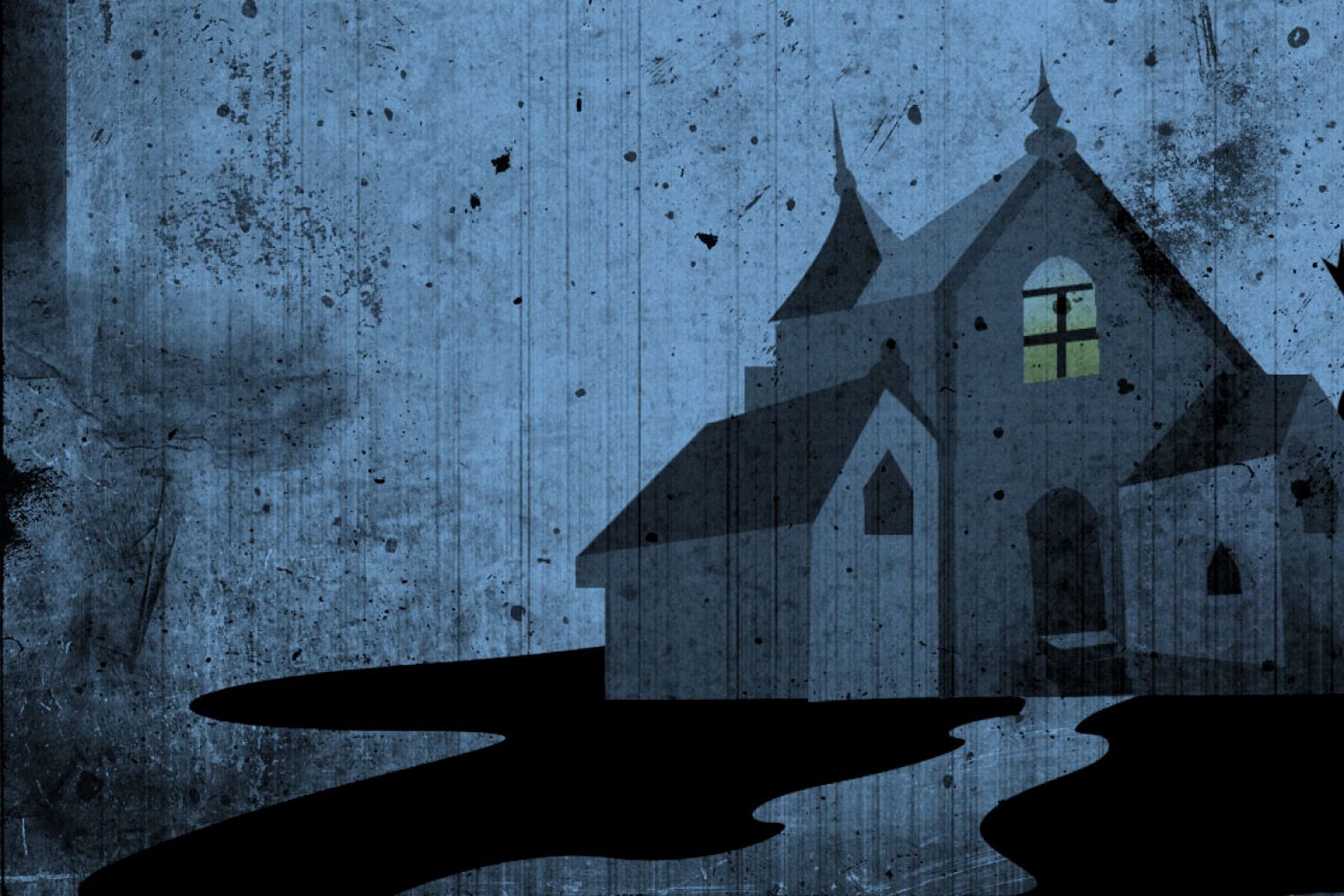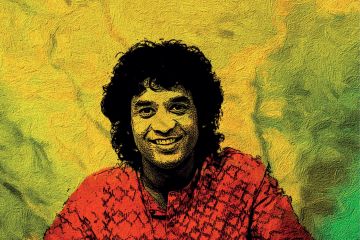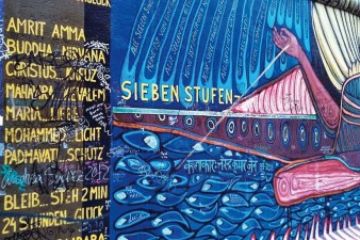
In Naiyer Masud’s short story “Obscure
Domains of Fear and Desire” the narrator possesses the preternatural instinct
for assessing emotions released by a house. He is a house inspector who shares
a subliminal bond with houses and develops a theory that every house has a domain
of fear and a domain of desire, and at times these domains overlap. As he steps
into a house he can sense a frisson, tremors of either anxiety or longing.
While in the spot of fear, he could feel nervous, in the
Continue reading “Of haunted houses and absent plots”
Read this story with a subscription.





